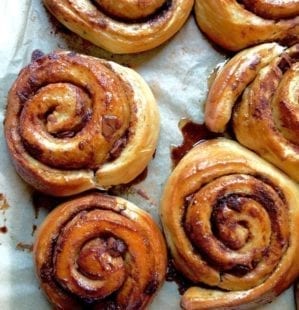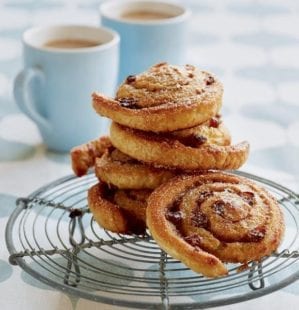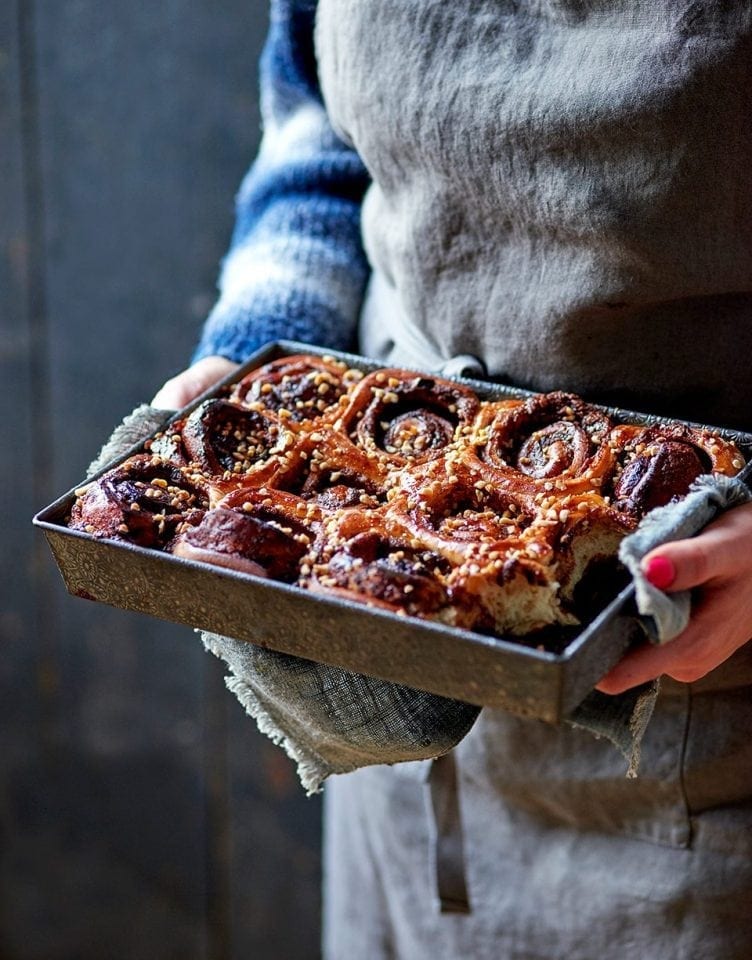Stop hijacking hygge!
The idea of hygge is one that appeals to the better part of human nature, says ScandiKitchen owner Brontë Aurell. It’s about appreciating the charm of the everyday, enjoying the free things in life and sharing good times with others. So how did it get co-opted by the marketing people into another opportunity to sell stuff?
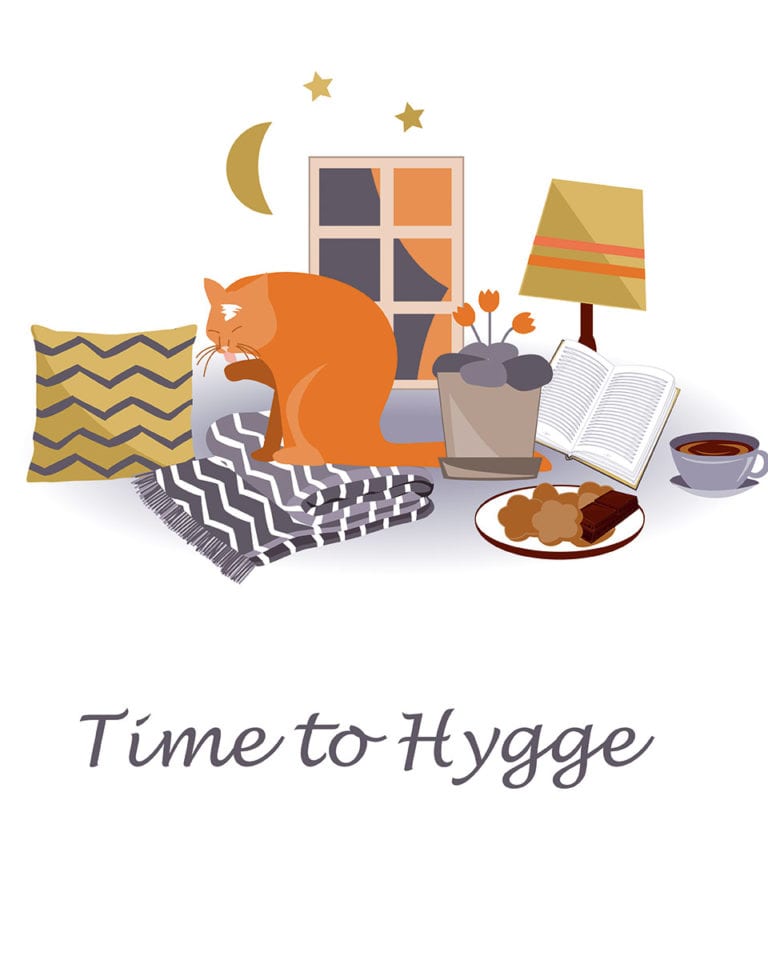
A few years ago, someone discovered a hard-to-pronounce but intriguing word from Scandinavia – and the world became obsessed with hygge. Since then, we Scandinavians in the UK have been listening to Brits trying to explain back to us what hygge is and how we’re supposed to do it. The idea has been commercialised to the point where you can buy blankets, underpants and fluffy socks, all labelled hygge. Well, it’s time to get a few things straight. It’s time to reclaim hygge.
Let’s start with how you say the word. It’s roughly pronounced who-guh. There are a few regional differences in pronunciation but it never ever rhymes with ‘jiggy’, however much headline writers may want it to, so ‘getting hygge with it’ isn’t an option – sorry. Oh, and it’s not an adjective. You can hygge with someone (or alone) but your candlelit room can never be hygge – only hyggelig or hyggeligt (that’s the adjective).
''Hygge is a feeling – it’s part of our culture. No one ever made it a thing to buy. How can you buy good feelings?''
In its original form hygge simply means ‘to appreciate the moment you’re in, while you’re in it’. That’s it. It’s in life’s everyday moments and it involves things that make you feel comfortable, loved and warm inside.
A Dane might evoke hygge 15-20 times in one day. He might say “The office feels hyggeligt this morning” or “Shall we have a hyggeligt dinner later?” The word is used over and over to confirm out loud we’re having a nice time together and we repeat it to each other to underscore those good feelings.
Despite people in England asking me every winter what I’ll be doing for ‘hygge season’, hygge has no season and no particular place. You can hygge in a tent, on a boat, on a plane… Whether it’s minus 20°C and snowing or a sweltering 35 degrees outside is irrelevant. Despite that, the comfort food of this time of year (together with chocolate, cinnamon buns and wine) helps hygge come alive. Food plays a central part in hygge because it’s all about sharing. It’s rare that people evoke hygge with a low-calorie salad (celery is quite uhyggelig, or ‘not hyggelig’).
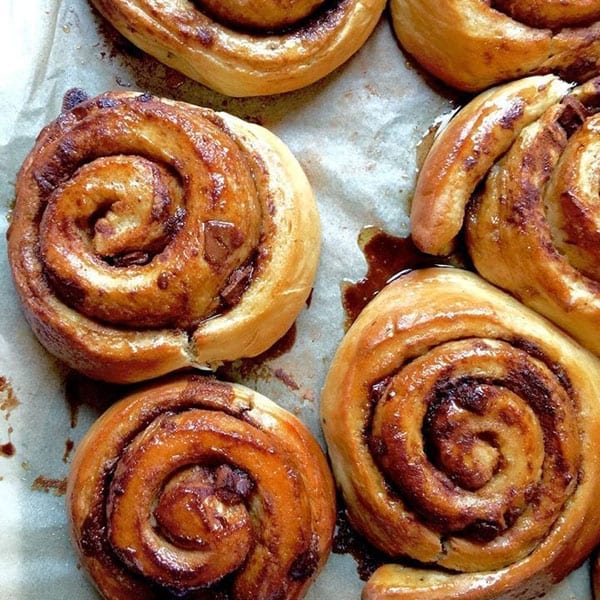
The purest state of hygge is called raw hygge (råhygge), when it’s almost too much. And no, marketing people, you can’t make a wheatgrass raw-hygge shot out of it – leave it alone! Hygge is a feeling – it’s part of our culture. No one ever made it a thing to buy. How can you buy good feelings? Since the Vikings first started using the oldest form of the word (the Norse word ‘hugga’ means ‘to comfort’) we’ve managed to feel it without the need for hygge-branded sweatbands. Why try to market something that’s so wonderfully free?
What we Scandinavians find most odd about the whole hygge thing is that people are chasing something that can only be found when you stop running. You don’t need to spend ANY money to hygge. Just switch off your phone and sit down with people you like. Share some food, talk, breathe and forget about time – and the hygge will happen all on its own.
Subscribe to our magazine
Food stories, skills and tested recipes, straight to your door... Enjoy 5 issues for just £5 with our special introductory offer.
Subscribe
Unleash your inner chef
Looking for inspiration? Receive the latest recipes with our newsletter
